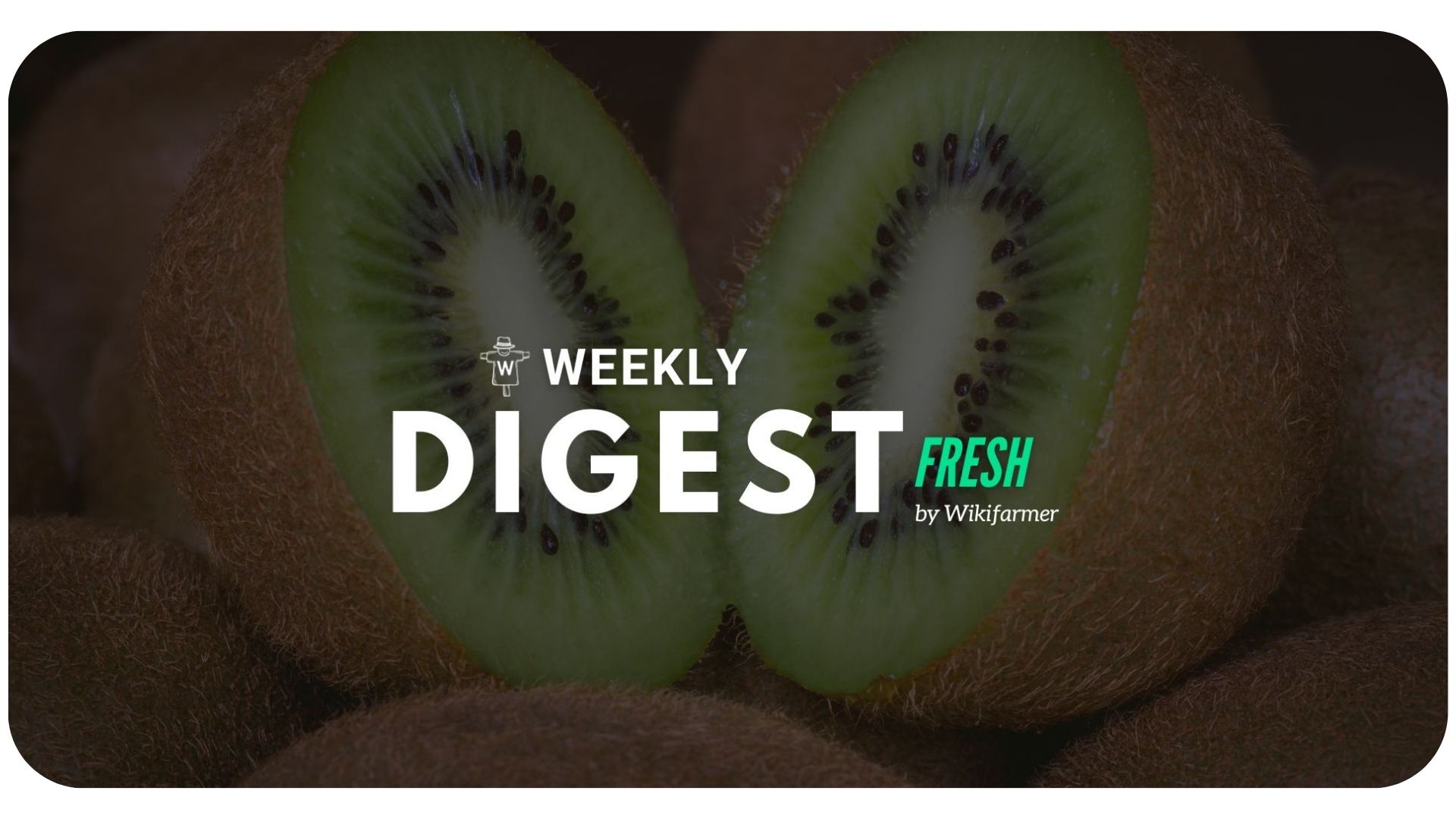Kiwi Market Digest w43

Hayward Overseas Export Season Ends
By late October, the export season of New Zealand and Chilean kiwifruit is drawing to a close. This gives Italian, Greek, and Turkish imports good marketing opportunities, as has also been highlighted by the Federal Ministry of Food and Agriculture of Germany.
This validates our positive prospects for the kiwifruit market and the opportunities for Greek players. Those opportunities will peak together with the season for Greek kiwifruit, which continues to be concentrated mainly in the winter months - December, January, and February.
Further Forecast Validations by Market Operators
More and more significant players in the fresh fruits and vegetables market testify to the projections we have made so far. A German importer estimated last week that the size of Greek kiwifruit this year and the scarcity of Italian fruit will drive demand for Greek produce higher, especially in the retail sector.
Merges and Development of new promising Variety
A significant merge happened recently in Italy, involving three major producing companies. This merge is the steering wheel behind the launch of a new brand in the kiwifruit market, Dulci Kiwis. This new cultivar, an alternative to fruit from the Hayward variety, promises high quality and brix levels, together with high resistance to crop diseases.
These merges and the development of new varieties, typically backed by scientific research from big universities, have both positive and negative effects on the market. On the one hand, new varieties indeed better satisfy the needs of consumers and increase the added value of kiwifruit. On the other hand, access to those cultivars is typically limited to big operators, as in the pre-mentioned case, who join powers so that they acquire the biggest market share possible for their product.
This effect leaves small-scale farmers who insist on conventional methods and cultivars behind, further lowering their market negotiating power. That is because not only do they have to deal with bigger competitors, but there are also more direct substitutes for their products.
Our View
The kiwifruit market is a rapidly growing one; the increasing interest shown by consumers worldwide is what gives incentives for further research on the “green gold”, bringing about change not only in the structure and operation of the market but to the product itself.
That change is inevitable and welcomed, but we need to make sure that as many operators as possible catch up to it. If we do not cater to this cause, the result will be that a few players will conquer the market, and that will perpetuate the chronic illnesses of the agricultural market.
Wikifarmer's Edge
To facilitate the interest of both farmers and B2B buyers of fresh produce, Wikifarmer negotiates with a worldwide network of suppliers to secure a steady supply of all the main kiwifruit varieties at reasonable prices. Our team can help both sides with price negotiation, credit terms, and logistics and transportation arrangements. We also implement strict Quality Assurance procedures, making sure that producers provide us with all certificates that prove their claims about their products, and that all relevant analyses take place.
This way, producers can market their products, and B2B buyers can source the product that best matches their quality needs and budget.
.png?width=450&height=87&name=New%20Logo%20(1).png)